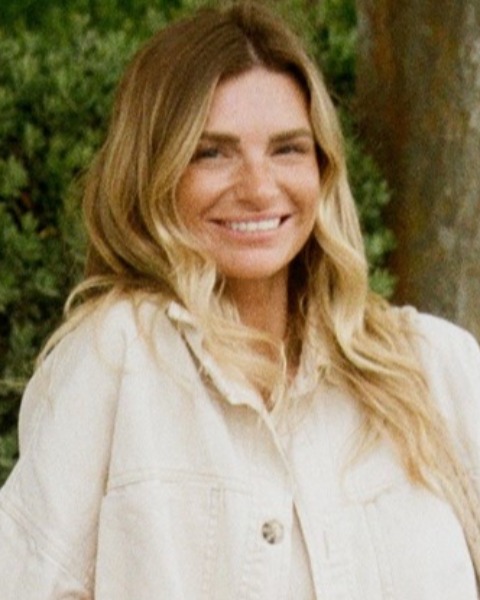QA/QI and Postapproval Monitoring
87 - Optimizing Post-Approval Monitoring: Using SafetyCulture for Enhanced Compliance and Animal Welfare

Karlee N. Sullivan, BS, RALAT (she/her/hers)
IACUC Program Specialist
Scripps Research
la Jolla, California, United States
Author(s)
Background: Post-approval programs may encounter challenges leading to inefficiencies, resource wastage, and personnel strain. Numerous applications, along with manual processes, may be used for scheduling laboratory visits or inspections, data gathering, and communication. Centralizing and streamlining these processes are essential for improving overall operations, compliance, and animal welfare.
Program
Description: SafetyCulture is an application originally tailored for safety auditing in the construction industry and EHS departments globally. Due to its completely customizable interface, our institution has recently adopted it for post-approval monitoring. This application digitizes paper-based checklists into efficient inspection forms, streamlining data capture, and documentation. Real-time action item assignments, inter-departmental communication, and automatic updates of due dates in the integrated calendar ensure timely task completion and alignment with schedules. Additionally, it offers robust data management functionalities, enabling analysis and segmentation of inspection data.
The success of this program was evaluated by analyzing inspection report processing times before and after its implementation, which demonstrated that inspection durations were reduced by more than half. Additionally, a comparison of semiannual findings from Spring 2023 (prior to implementation) and Spring 2024 (post-implementation) revealed a complete elimination of protocol deviations and documentation deficiencies, a 66% reduction in training deficiencies, and a 12.5% decrease in expired materials findings. Finally, the program's role in enhancing communication between departments and Principal Investigators (PIs) was assessed through correspondence tracking and user feedback, all of which yielded positive results.
Program
Assessment: The institution has observed that the implementation of SafetyCulture has been highly effective with no major issues or setbacks. The program has streamlined inspection and reporting processes, significantly reducing the time required for these tasks. Previously, manual inspection checklists took around 20-30 minutes to complete, upload, and send, whereas with SafetyCulture, this time has been cut in half. Additionally, SafetyCulture automates reminder notifications for due dates, eliminating the need for manual calendar setups. Moreover, direct communication within the application has replaced the need for separate email communication. As a result, SafetyCulture has proven to be efficient and beneficial, prompting plans for expansion into other departments.
Limitations: Limitations arise from the form's single-room focus, posing challenges for reporting on rooms shared by multiple labs, especially when findings lack clear lab association. Though altering the form's design is an option, a preferred approach remains elusive. This could affect the project's internal validity, potentially hindering data accuracy. Although our institution has very few of these room arrangements, institutions with numerous shared spaces may be particularly impacted.
Discussion: Implementing SafetyCulture has been revolutionary for our institution. Its adaptability makes it a feasible option for other departments seeking to enhance their processes. Its ease of use for individuals of all technical levels, minimizes the learning curve and maximizes productivity. Affordable pricing options ensure accessibility for institutions of varying sizes. Customizable inspection templates cater to specific needs, enhancing adaptability and effectiveness. Finally, the analytical feature enables identification of areas requiring improvement and those deserving recognition. SafetyCulture empowers organizations to proactively oversee and foster a culture of continuous improvement and optimization of their post-approval program and practices.
